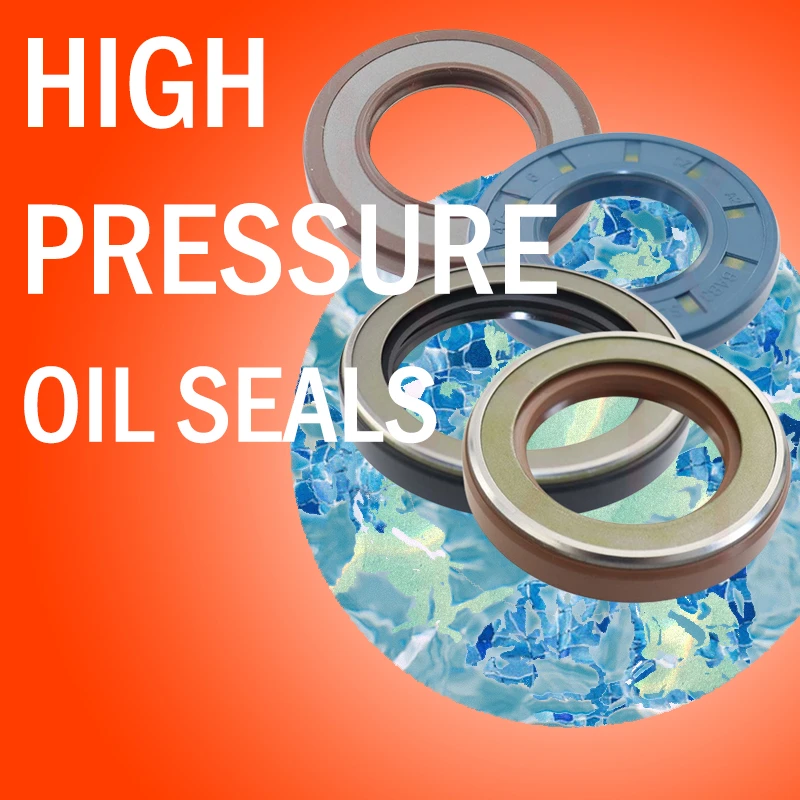Dec . 05, 2024 18:13 Back to list
Hydraulic Ram Oil Seal Functions and Maintenance Tips for Optimal Performance
Understanding Hydraulic Ram Oil Seals Importance, Functionality, and Maintenance
Hydraulic ram systems are pivotal in diverse industrial applications, ranging from construction machinery to automotive systems. Among the crucial components ensuring the optimal performance of these systems are hydraulic oil seals. This article delves into the significance, functionality, and maintenance of hydraulic ram oil seals.
What Are Hydraulic Oil Seals?
Hydraulic oil seals, also known as hydraulic seals or fluid seals, are specialized components designed to contain fluids within hydraulic systems while preventing leakage. Their primary function is to maintain the pressure within the hydraulic system and to prevent the ingress of external contaminants that could compromise system integrity. Typically made from elastomeric materials such as rubber or polyurethane, these seals are engineered to withstand high pressures, temperatures, and a variety of working fluids, including hydraulic oils.
Importance of Hydraulic Oil Seals
The importance of hydraulic oil seals cannot be overstated in hydraulic ram systems. They act as the first line of defense against fluid leakage, which can lead to decreased efficiency, increased operational costs, and potential environmental hazards. A well-functioning hydraulic seal ensures
1. Efficiency By maintaining pressure in the hydraulic system, oil seals help ensure the system operates efficiently. Loss of pressure can lead to slower operation speeds, affecting productivity.
2. System Longevity Properly functioning seals minimize wear and tear on system components. Preventing contamination and fluid loss helps extend the life of hydraulic pumps, cylinders, and other associated parts.
Functionality
Hydraulic oil seals function through a combination of elasticity and geometry. The design of the seal allows it to deform and adapt to the equipment it is sealing, creating a barrier that prevents fluid escape and dirt infiltration. Key aspects of their functionality include
- Static Seals These seals are positioned between stationary components. Common examples include seals found between the hydraulic cylinder and the piston.
hydraulic ram oil seals

- Dynamic Seals Found in locations where parts move relative to each other, such as the shaft and housing, dynamic seals are subjected to motion and are designed to withstand wear over time.
Hydraulic seals must be tailored to specific applications, considering factors like temperature, pressure, and the type of fluid being used. The chemistry of the seal material is crucial in ensuring compatibility with hydraulic fluids, which may vary from petroleum-based oils to bio-degradable fluids.
Maintenance of Hydraulic Oil Seals
Regular maintenance of hydraulic ram oil seals is essential to maintain their functionality and extend the lifespan of the hydraulic system. Below are some tips for effective maintenance
1. Regular Inspections Periodically inspect the seals for signs of wear, such as cracks, deformation, or discoloration. Early detection of seal degradation can prevent further damage.
2. Fluid Quality Ensure that hydraulic fluids are clean and free from contaminants. Dirty or degraded fluids can compromise seal performance and lead to premature failure.
3. Pressure and Temperature Monitoring Keeping track of operating pressures and temperatures helps ensure that they remain within the limits specified by the manufacturer. High temperatures and pressures can accelerate seal wear and failure.
4. Proper Installation When replacing seals, ensure proper installation to avoid damage. Follow manufacturer guidelines regarding torque specifications and assembly procedures.
5. Lubrication In some applications, proper lubrication of seals can significantly enhance their performance, reducing friction and prolonging life.
Conclusion
Hydraulic ram oil seals are fundamental components in hydraulic systems that play a vital role in maintaining performance and safety. Understanding their importance, functionality, and maintenance practices is essential for operators and engineers to ensure the reliability and efficiency of hydraulic operations. Investing time and resources in the care of hydraulic seals can lead to substantial savings in both cost and downtime, ultimately enhancing the efficiency of machinery and equipment.
-
TCN Oil Seal Metal Ring Reinforcement for Heavy Machinery
NewsJul.25,2025
-
Rotary Lip Seal Spring-Loaded Design for High-Speed Applications
NewsJul.25,2025
-
Hydraulic Cylinder Seals Polyurethane Material for High-Impact Jobs
NewsJul.25,2025
-
High Pressure Oil Seal Polyurethane Coating Wear Resistance
NewsJul.25,2025
-
Dust Proof Seal Double Lip Design for Construction Equipment
NewsJul.25,2025
-
Hub Seal Polyurethane Wear Resistance in Agricultural Vehicles
NewsJul.25,2025
-
The Trans-formative Journey of Wheel Hub Oil Seals
NewsJun.06,2025
Products categories
















